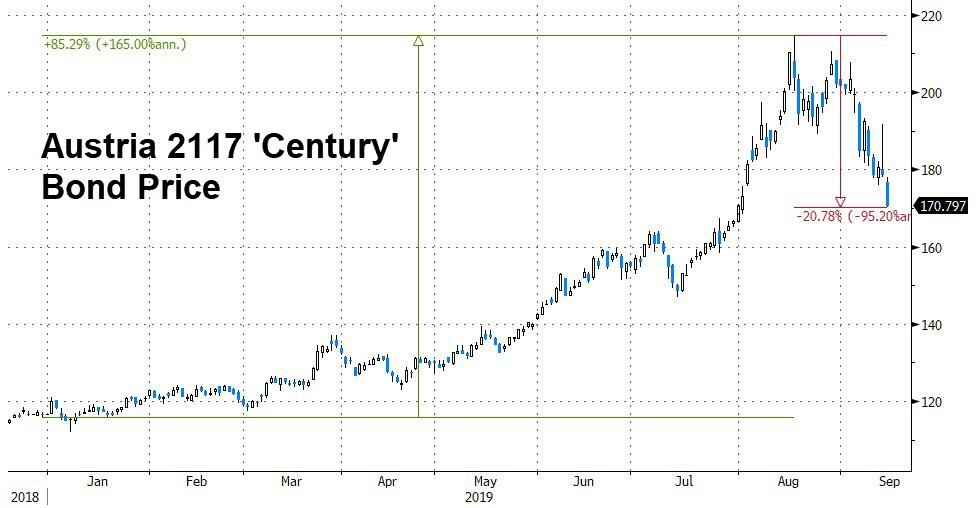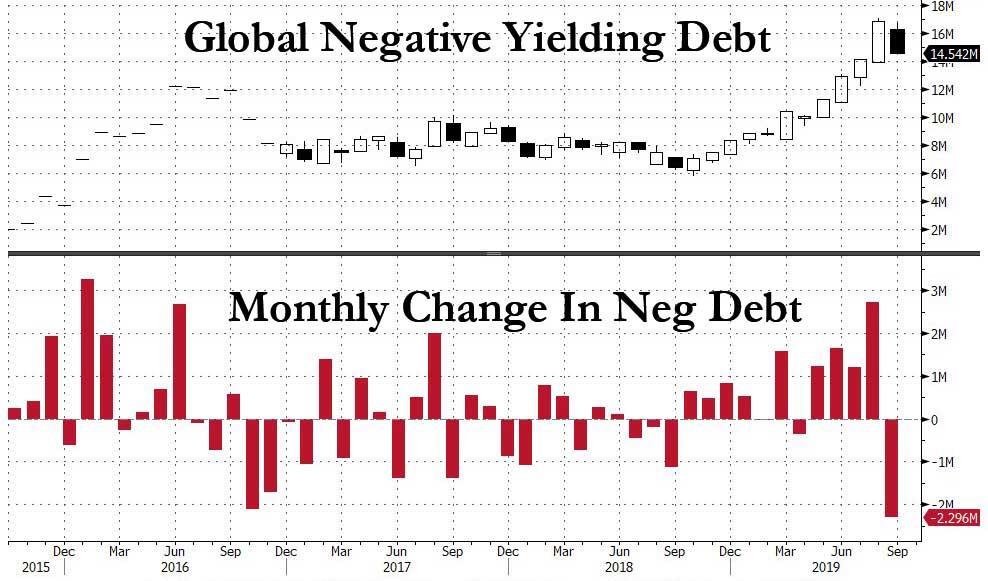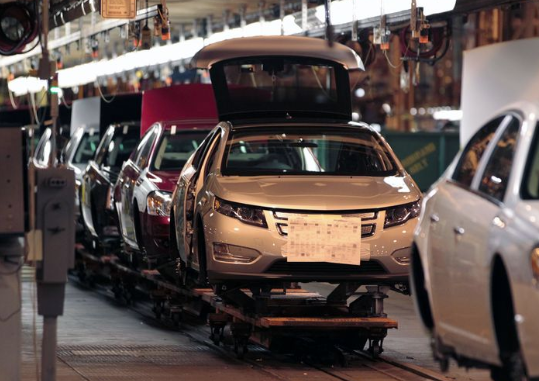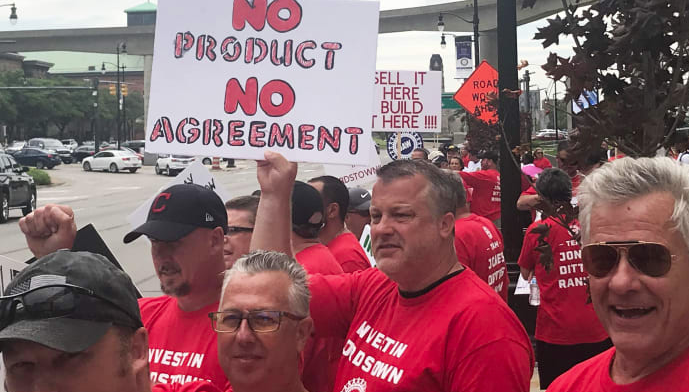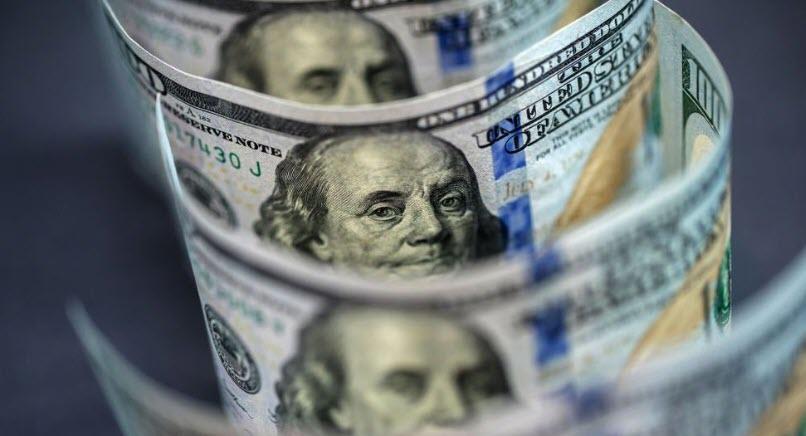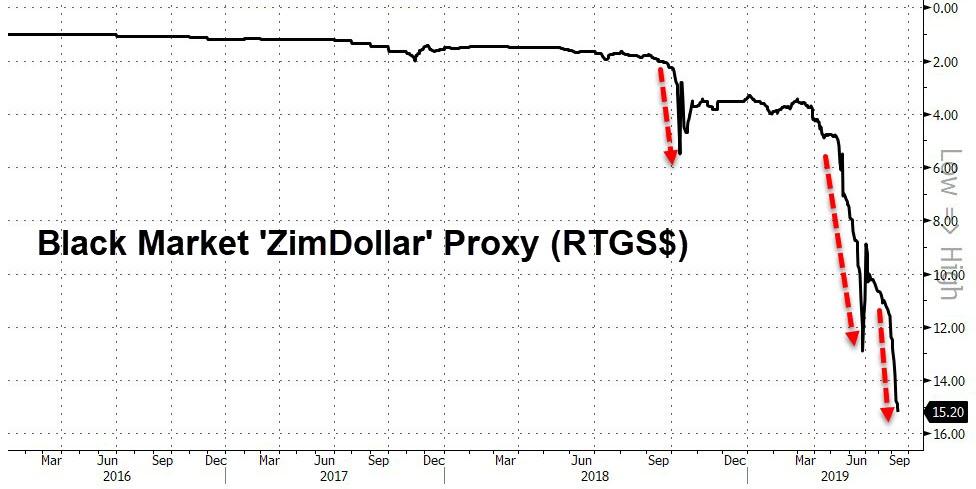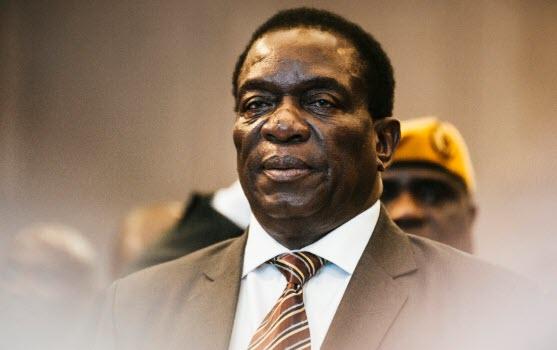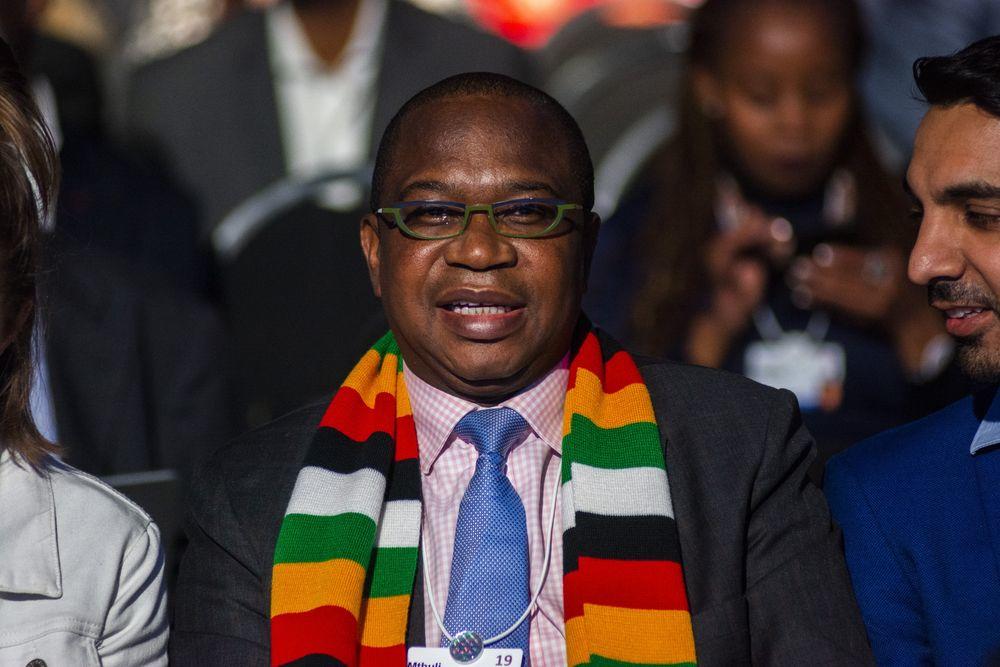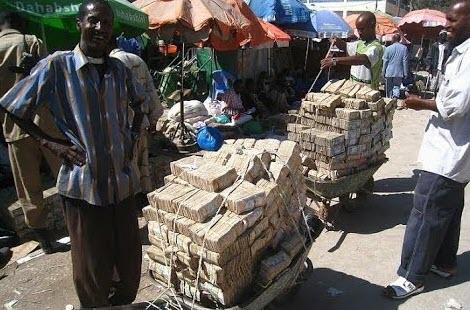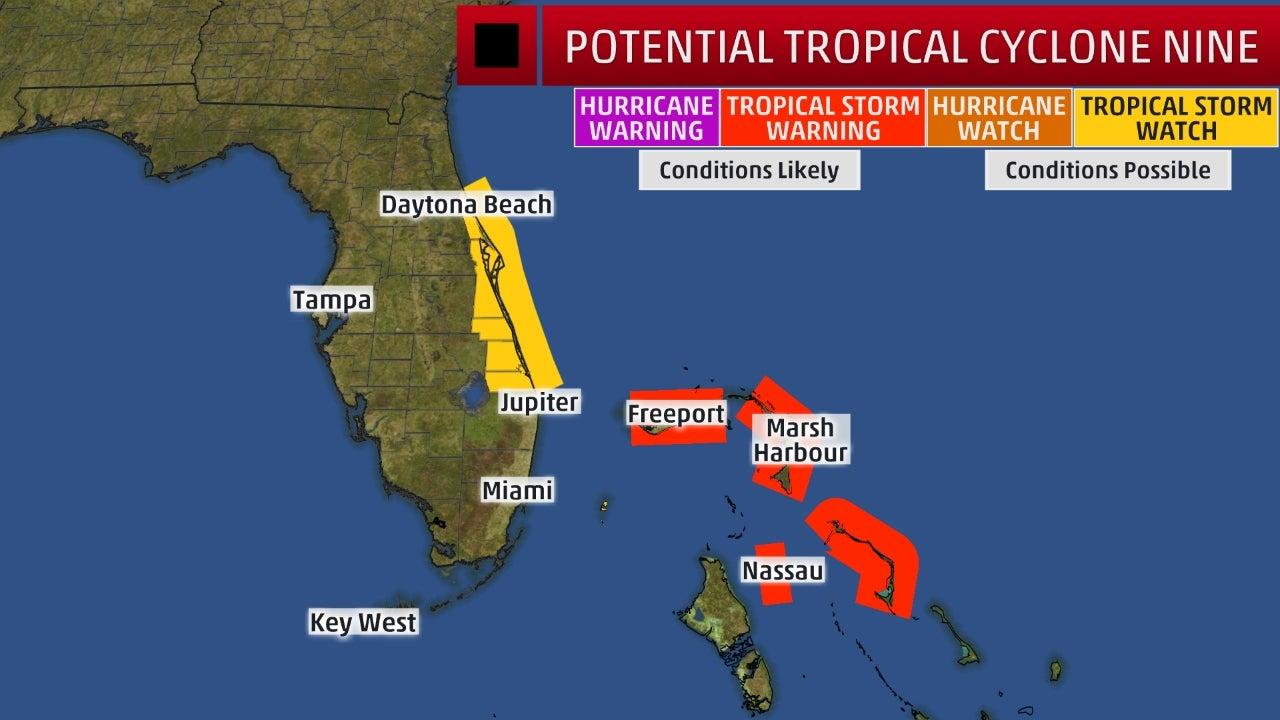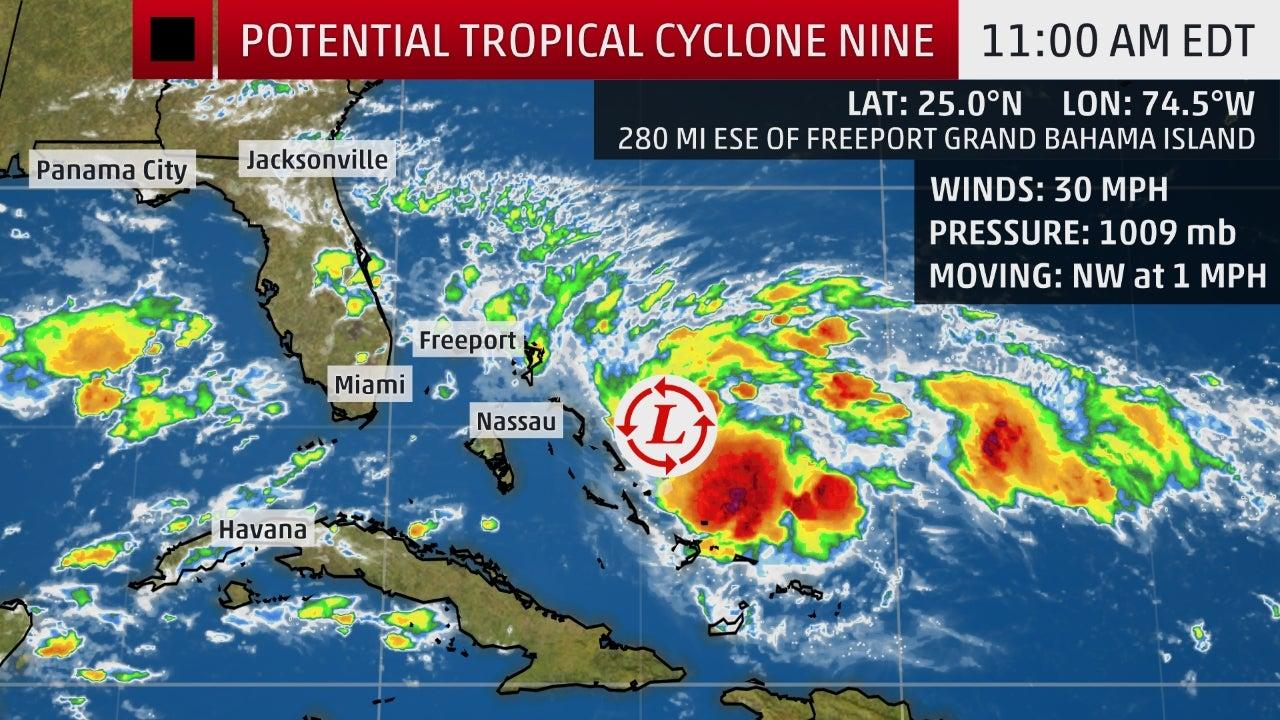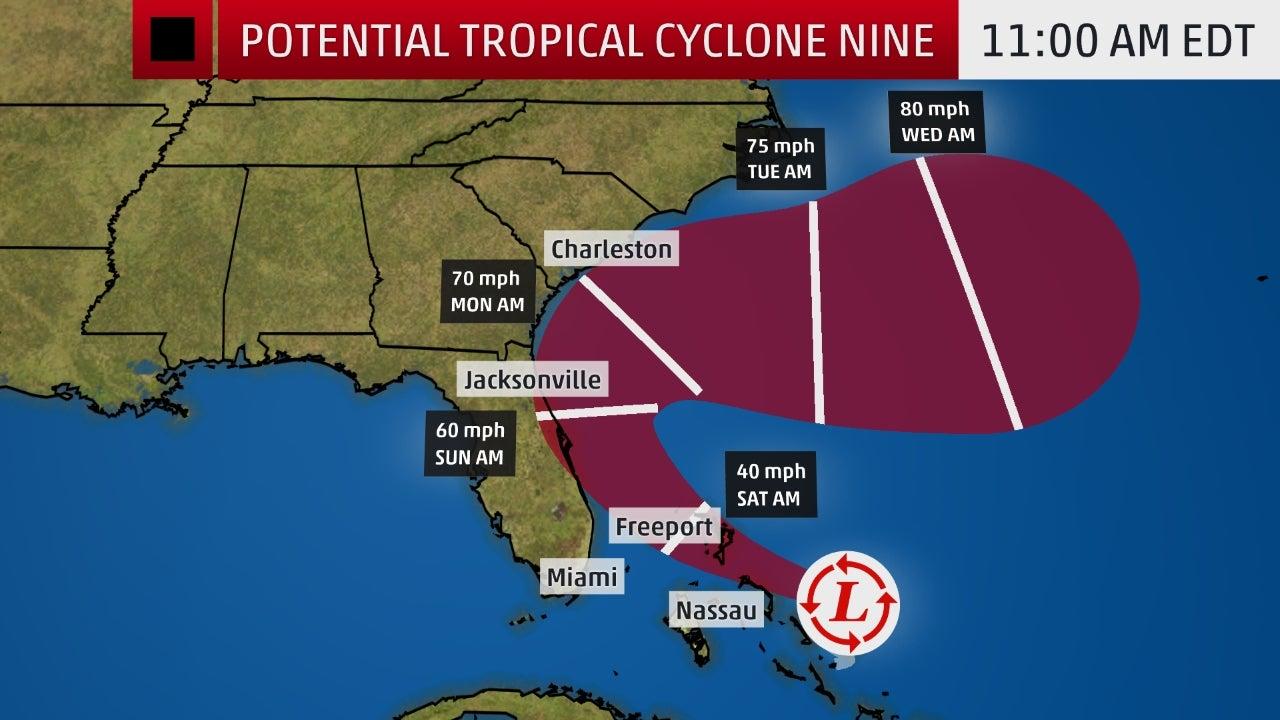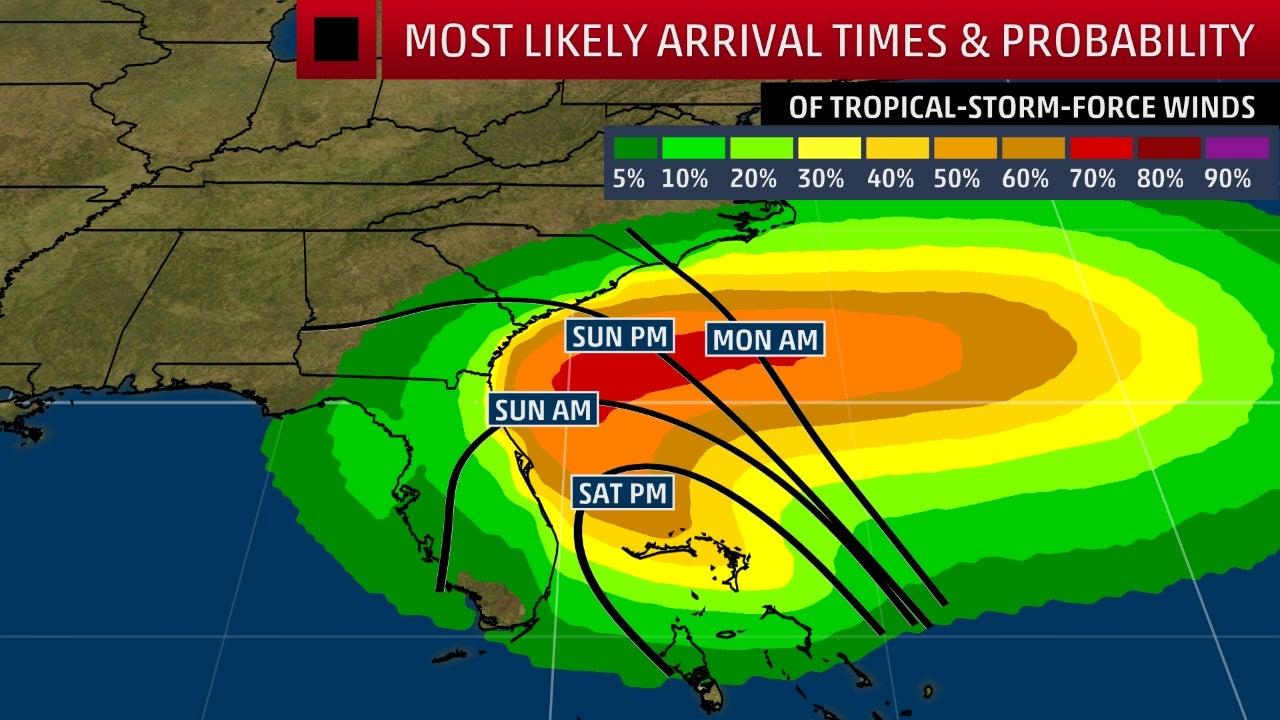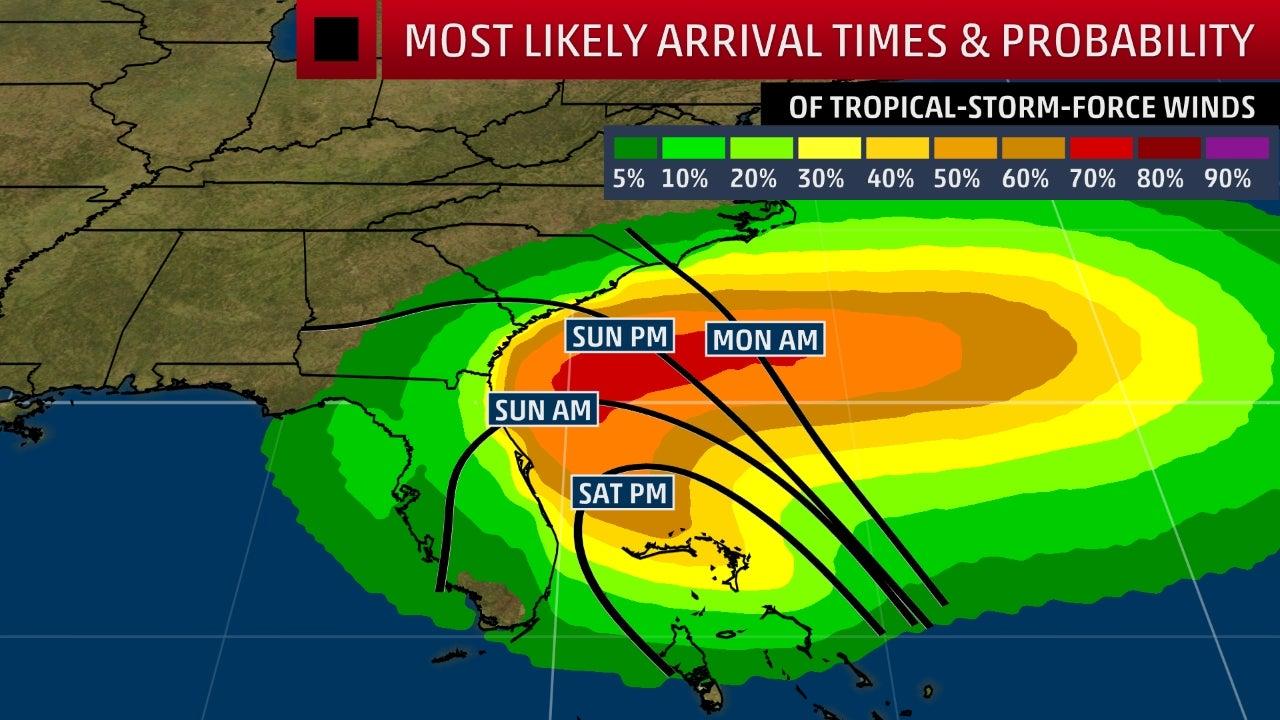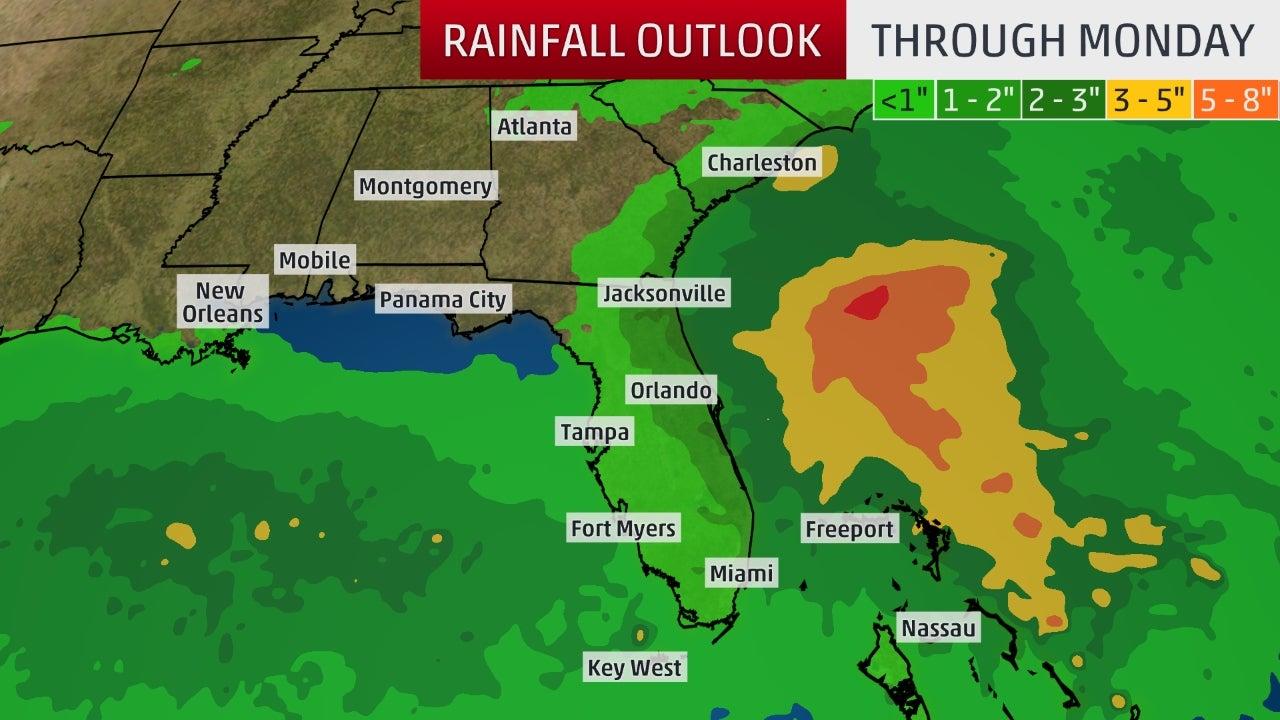Whether it’s mountaineering or marijuana, trekking to Everest or tripping on LSD, getting as high as you can has always been central to the Nepal tourist experience. In the 1970s, President Richard Nixon tried to nip communism in the bud by destroying a Himalayan hippie Shangri-La. But in stopping the smokers, he sparked a Maoist blowback.
From the moment Nepal opened its doors to foreign tourists in 1951, popular culture imagined the Himalayan kingdom as a hippie Garden of Eden. Movies, novels, and comic books all dreamed of a far-flung fantasyland of drug trippers, Everest trekkers, levitating lamas, and Himalayan hunts for the ever-elusive abominable snowman.
As the last country on earth to forbid the sale, cultivation, and consumption of drugs, Nepal promised an irresistibly mind-bending trip. But in an era when few could afford round-the-world airfare, frugal flower children took a rougher route to the most far-out destination on the planet.
The Hippie Trail followed the footsteps of the ancient Silk Road. But instead of trading textiles, its travelers swapped the postwar social conformity of the Western world for dreams of enlightenment in the East. Some fled the Vietnam War draft; others came to find themselves. For whatever the reason, from 1965 to 1973, tens of thousands of young people bused or hitchhiked the overland route from Istanbul, Turkey, to Kathmandu, Nepal, annually. And the terminus of the Hippie Trail was a single bustling urban lane called Jhonche, rechristened as Freak Street by its new inhabitants.
Over time, the hippies created their own community in Kathmandu. In a fascinating and comprehensive look at Nepal’s hippie history, Mark Liechty, author of Far Out: Countercultural Seekers and the Tourist Encounter in Nepal, describes Freak Street as a Haight-Ashbury or Greenwich Village on the other side of the world. Hippies knew little of the local language and culture. Instead, they lived in a fantasy Nepal that existed in their imaginations: a land where old rules about drugs and dress, music and sex didn’t apply, where they could live freely and create themselves anew. A culture that was too shocking for 1960s America—”the land of the free”—found a welcome home in a faraway religious monarchy.
Nepal accepted these strange foreigners because there were locals who were strange in the same way. Hindu holy men known as “sadhus” shared a similar taste for flamboyant dress, drugs, and a desire to find themselves by leaving the world behind.
But paradise is not of this earth. Two years after President Nixon declared an international “war on drugs,” Vice President Spiro Agnew was dispatched to Asia. Agnew toured every country along the Hippie Trail before arriving in Nepal. Nixon threatened to withhold economic aid from countries that, in his view, held a permissive attitude toward the drug trade. Months later, Nepal enacted the first anti-drug laws in its ancient history.
Surrounded on all sides by India, China, and under mounting pressure from the United States, Nepal needed a strategy to cope with the Cold War. King Mahendra skillfully played the great powers against each other. He maintained cordial relations with all sides while extracting billions in development cash that would modernize the country, prop up the monarchy, and, for a few more generations, stave off revolution. In return, Nepal would play by international rules. And that meant the drugs and hippies had to go.
Kathmandu’s hashish shops were closed. American narcotics agents roamed Freak Street, surveilling drug takers and draft dodgers for arrest on their arrival back in the United States. And in a move that would have consequences for decades to come, Nepal’s marijuana fields were torched.
The hippies weren’t the only ones angered by prohibition. In western Nepal, far from the capital city of Kathmandu, hashish cultivation was the main source of income. Sellers and growers were arrested. Private property with marijuana growing on it was forfeited to the state. Tens of thousands of farmers were pushed to the brink of starvation. Promised development aid to the region never materialized.
Seeing political opportunity in economic collapse, the Communist Party exploited local grievances and persuaded residents that only a violent overthrow of the government would solve their problems. The Maoists vowed to overthrow the monarchy and fly the hammer and sickle atop Mt. Everest. Nixon’s global war on drugs was fueling the communist ideology it was trying to contain.
By the “just say no” Reagan era, drug prohibition had opened new opportunities for corruption that lead all the way to Nepal’s royal family. A blockbuster 1986 report by Nepalese journalist Padam Thakurathi implicated top aides to the king’s brothers in Nepal’s booming heroin trade. Days later, in the middle of the night, a bodyguard of the royal family entered Thakurathi’s home and aimed a gun 18 inches from his head. Shot in the face, Thakurathi survived the attack. He lost an eye but lived to expose the royal family’s involvement in black market heroin.
By 2006, the Maoists controlled 80 percent of the country. The insurgency based in the agricultural heartland had grown into a national political force that paralyzed the nation with a series of national strikes and armed resistance to the king. After a decadelong civil war that claimed 17,000 lives, Nepal’s monarchy was abolished and the communists were elected to power.
Today, the civil war is long over, but Nepal’s war on drugs continues. It remains a thriving hub for heroin and hashish, with stories of drug busts, addiction, and violence, mainstays of Nepal’s television news coverage.
Freak Street is looking a little lonely. The erstwhile hippie haven is now a hangout for hipsters. Artisanal coffee shops outnumber head shops. The old Eden Hashish Centre is just an ordinary budget hotel. Kathmandu’s hippie past is running high on nostalgia and low on foot traffic.
Despite a small political movement to legalize hashish, marijuana is legal one day a year for religious purposes only. The rest of the time, locals and tourists take their chances on the black market.
With its wild days behind it, Freak Street has mostly dropped the drug trade and reinvented itself as a destination for mountain trekking.
These days, the real action has moved to Thamel. A short walk from Freak Street, Kathmandu’s thumping nightlife hotspot offers visitors every kind of indulgence that was available during Freak Street’s heyday and many more that the hippies couldn’t have imagined on their wildest trip.
Produced by Todd Krainin.
Music licensed under Creative Commons, CC BY-NC-SA 3.0 US.
“Malashree Dhun” by Sringar Nepal.
“Bass Bansuri” by Hamsadhwani.
“Eastern Thought” by Kevin MacLeod.
“Holiday (instrumental)” by Silence is Sexy.
“Aspirato” by Kai Engel.
“Long Time Gone” by Amaya Laucirica.
Subscribe to our YouTube channel.
Subscribe to our podcast at iTunes.
from Latest – Reason.com https://ift.tt/2LT7MtH
via IFTTT
